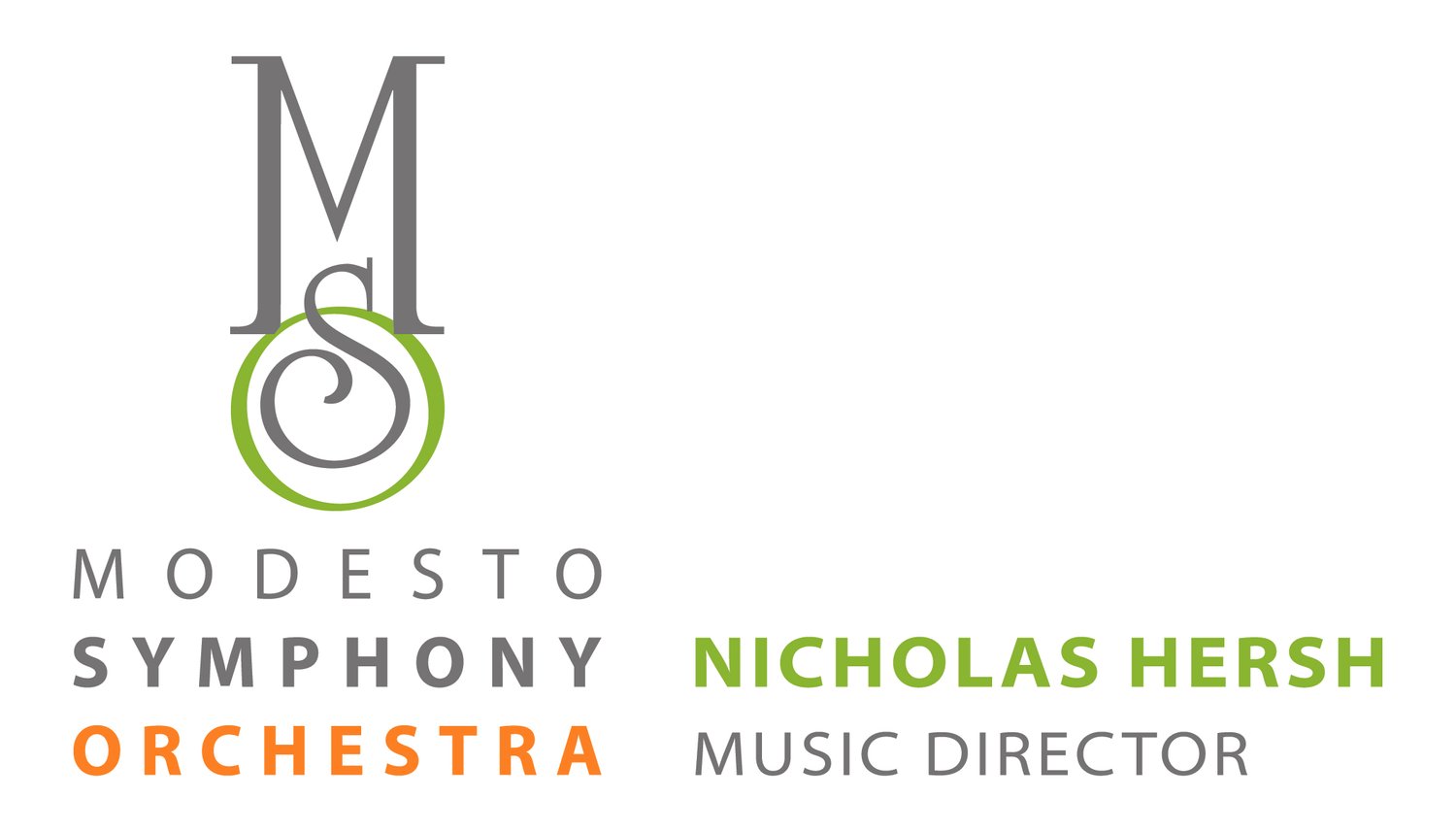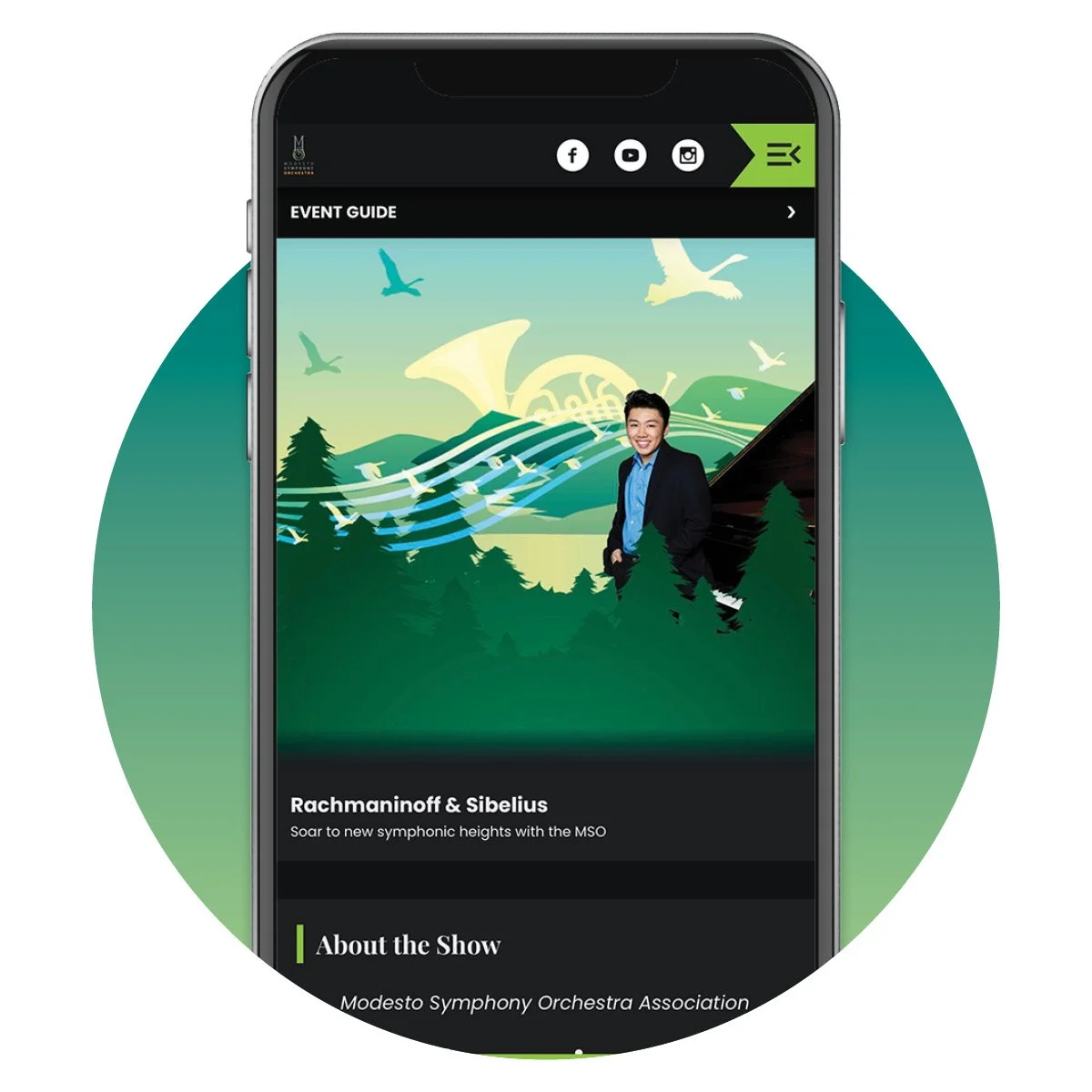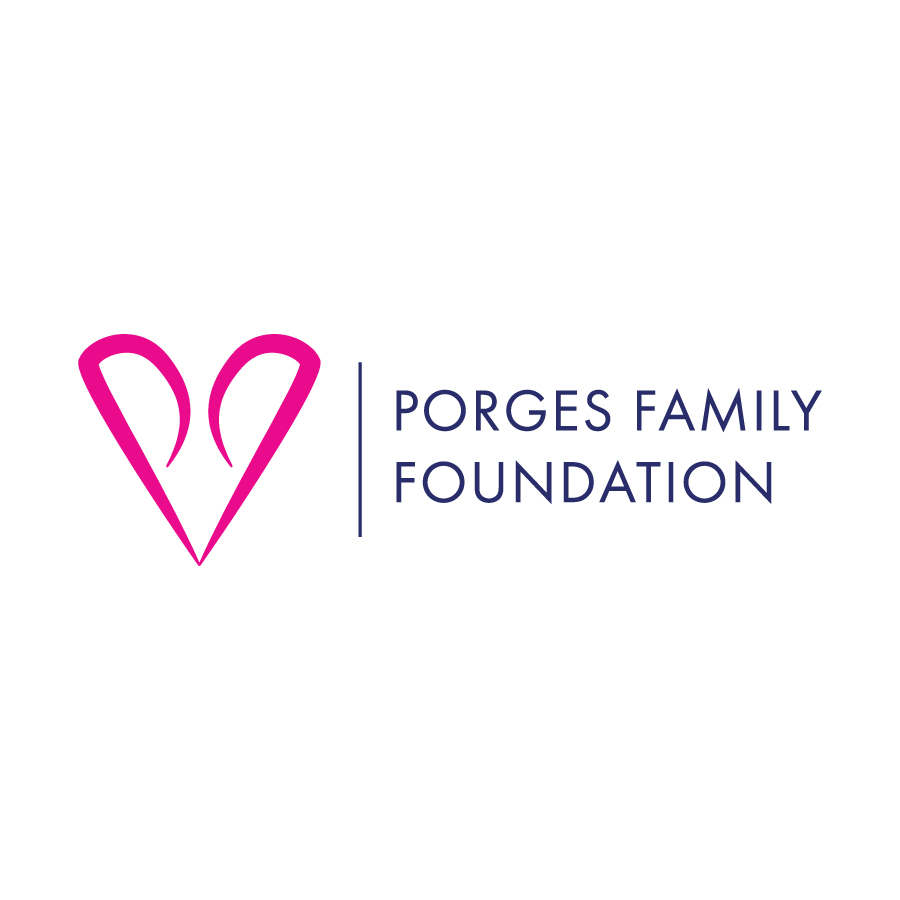Program Notes for November 11 & 12, 2022
Rachmaninoff & Sibelius
Program Book
Franz Schubert (arr. Hersh)
String Quartet No. 14, II. Andante con moto
Variations on a Theme "Death and the Maiden"
Composer: born January 31, 1797, Vienna; died November 19, 1828, Vienna
Work composed: March 1824; dedicated to violinist Ignaz Schuppanzigh.
World premiere: First performed in a private gathering at the home of Josef Barth on February 1, 1826
Instrumentation: string orchestra
Estimated duration: 10 minutes
In 1824, 27-year-old Franz Schubert was physically and mentally worn out from his years-long battle with syphilis, a battle he lost four years later. The disease caused him extreme pain and weakness, and amplified his tendency to depression. On March 31, 1824, Schubert wrote to a friend, “I feel myself to be the most unfortunate, the most miserable being in the world. Think of a man whose health will never be right again, and who from despair over the fact makes it worse instead of better … My peace is gone, my heart is heavy … each night when I go to sleep I hope never again to wake, and each morning merely reminds me of the misery of yesterday.”
The String Quartet in D minor reflects Schubert’s understandable preoccupation with mortality, from its powerful opening notes through the meditative, soothing Andante; from the angry denunciations of the Scherzo to the breathless defiance of the Presto. The nickname “Death and the Maiden” comes from Schubert’s 1817 setting of Matthias Claudius’ eponymous poem, written in the form of a dialogue between Death and a young woman. The maiden pleads for her life, while Death woos her with promises of an eternal, all-embracing sleep. Schubert repurposed Death’s melody from the song as the basis for the second movement’s theme and variations.
Notes from the Arranger, Nicholas Hersh
This set of variations on the lied "Der Tod und das Mädchen" is an orchestration of the complete second movement of the String Quartet No. 14 "Death and the Maiden," functioning in this arrangement as a standalone concert piece for chamber orchestra. The string section presents the unaltered theme, while the five subsequent variations and coda explore various orchestral colors. I have attempted to preserve Schubert's original markings wherever possible, but I also took an occasional liberty to better serve this symphonic milieu.
Sergei Rachmaninoff
Rhapsody on A Theme of Paganini, Op. 43
Composer: born April 1, 1873, Semyonovo, Starorusky District, Russia; died March 28, 1943, Beverly Hills, CA
Work composed: Rachmaninoff wrote his Rhapsody in six weeks, from July 3 – August 18, 1934, while staying at his villa in Switzerland.
World premiere: Leopold Stokowski led the Philadelphia Orchestra with Rachmaninoff as soloist at the Lyric Opera house in Baltimore, Maryland, on November 7, 1934
Instrumentation: solo piano, piccolo, 2 flutes, 2 oboes, English horn, 2 clarinets, 2 bassoons, 4 horns, 2 trumpets, 3 trombones, tuba, timpani, bass drum, cymbals, glockenspiel, snare drum, triangle, harp, and strings.
Estimated duration: 23 minutes
After he left Russia, Sergei Rachmaninoff found little time for composition. He had a family to support, and his skills as a conductor and concert pianist were more in demand, and paid far better, than composition. Consequently, Rachmaninoff wrote relatively little in the years after the Russian Revolution; instead, he toured with earlier works, like the Second and Third Piano Concertos.
The Rhapsody on a Theme of Paganini is an exception; Rachmaninoff wrote it in 1934, just seven years before his death. Based on the last of Niccolò Paganini’s 24 Caprices for Solo Violin, this melody has inspired variations from a number of other composers, including Franz Liszt, Johannes Brahms, and Witold Lutosławski.
Audiences immediately responded to the Rhapsody’s technical virtuosity and unabashed romanticism. As the late musicologist Michael Steinberg noted, “[the Rhapsody] embodies [Rachmaninoff’s] late style at its brilliant and witty best, it has one of the world’s irresistible melodies and it gives the audiences the satisfaction of watching a pianist work very hard and with obviously rewarding results.”
Critics were far less enthusiastic: one described it as “trite to the verge of cheapness,” while another opined, “[it is] just a concert piece for the composer’s playing, and the day for that sort of thing is past.” The New Yorker critic was especially harsh, denigrating both music and audience: “The Rhapsody isn’t philosophical, significant, or even artistic. It is something for audiences.” Despite the condescending reviews, the Rhapsody became an instant hit on the concert circuit, and remains one of the most popular works for piano and orchestra.
The Rhapsody can be organized into the conventional outline of a piano concerto, with the first ten variations (some under 20 seconds) corresponding to a first movement. These ten variations stay very close to Paganini’s theme and remain in the key of A minor, each one building on the excitement and tension of its predecessor. Variation 11 transitions to the slow “second movement” (variations 12-18). In keeping with the middle movement of a concerto, the harmony shifts from A minor and wanders through several other keys until it arrives at the famous 18th variation in D-flat major, which was featured in the 1993 hit movie Groundhog Day. “This one,” Rachmaninoff shrewdly commented, “is for my agent.” While this variation seems unrelated to the fundamental melody, Rachmaninoff constructed it by simply inverting Paganini’s original theme. The final six variations make up the third movement and feature Paganini’s opening theme as the Rhapsody builds to its fiery climax.
Jean Sibelius
Symphony No. 5 in E-flat major, Op. 82
Composer: born December 8, 1865, Hämeenlinna, Finland; died September 20, 1957, Järvenpää, Finland
Work composed: 1914-15, rev. 1916, 1919
World premiere: Sibelius completed the first version of the Fifth Symphony just in time to conduct it for his fiftieth birthday on December 8, 1915, with the Helsinki Municipal Orchestra. A year later, Sibelius revised Op. 82 and conducted it with the same ensemble. The final version was completed in 1919; Sibelius conducted it on October 21, 1921.
Instrumentation: 2 flutes, 2 oboes, 2 clarinets, 2 bassoons, 4 horns, 3 trumpets, 3 trombones, timpani, and strings
Estimated duration: 31 minutes
“These symphonies of mine are more confessions of faith than are my other works,” wrote Jean Sibelius in 1918, while revising his Symphony No. 5 for the third time. Always his own harshest critic, Sibelius struggled to realize his original musical conception of the Symphony over a period of six difficult years.
Sibelius’ multiple attempts to write a version of the Fifth Symphony that withstood his implacable self-criticism were hampered by personal problems and global upheaval. In the years 1910-14, Sibelius struggled with the desire to be perceived by the world as a “modern” composer, but at the same time he rejected the prevailing styles established by Debussy, Mahler, and Richard Strauss. Composing, frequently difficult for Sibelius even under the best of circumstances, was made even harder by the composer’s poor health and chronic alcoholism.
From 1914-18, the chaos and brutality of WWI engulfed Europe. In 1917 Finland declared independence from Russia, which sparked additional conflict between the two countries. In 1918, an invasion of Russian soldiers into his town forced Sibelius and his family to flee to Helsinki. Later that year, Sibelius returned home and resumed his life and work, including the third revision of the Fifth Symphony, which he described as “practically composed anew.”
The reworked symphony condenses the original four movements into three – Sibelius combined the first and second movements – and features a new finale. The Tempo molto moderato is textbook Sibelius, featuring brief, fragmentary ideas that surface somewhat enigmatically from the depths of the orchestra. A short melody in the horns later coalesces into a fully developed theme. At times the instruments seem to murmur to themselves; as the music progresses, the strings and brasses declaim bold proclamations.
In the Andante mosso, pizzicato strings and staccato flutes state the primary melody, while a group of woodwinds and horns sound a counter-theme of long sustained notes. These shimmering notes become a backdrop for several variations on the staccato main theme.
On April 21, 1915, Sibelius wrote in his diary, “Today at ten to eleven I saw 16 swans. One of my greatest experiences. Lord God, that beauty!” The opening of the finale captures this rustle of wings with tremolo strings accompanying an expansive melody, also in the strings. Sibelius juxtaposed this breathless music with a majestic “swan theme” sounded first by the horns. As the symphony concludes, the swan theme becomes an exultant shout of triumph.
© Elizabeth Schwartz
NOTE: These program notes are published here by the Modesto Symphony Orchestra for its patrons and other interested readers. Any other use is forbidden without specific permission from the author, who may be contacted at www.classicalmusicprogramnotes.com






















